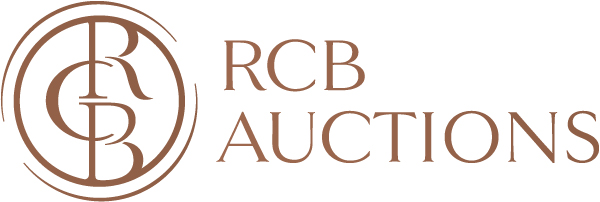Khao Wang: Weaving the Elegant Tapestry of Prib Pree City’s Enchanting Motifs
In the early days of Rattanakosin, during the reign corresponding to the emperors Qianlong, Jiaqing, and Dao Guang of the celestial city of China, there was a commission to produce Thai-patterned ceramics, such as flat plates, lidded bowls, ad jars.
Click here for Thai.

These pieces bore patterns and motifs reminiscent of the Ayutthaya period but with reduced intricacy. This shift was due to the contemporary preference for colorful and gilded ceramics over patterned ones. Moving into the 4th - 5th reigns, the production of Thai-patterned ceramics persisted, but there emerged new and varied patterns. Notable among these were the royal insignia pattern, abbreviated letter pattern (Jor Por Ror), giant, monks, and mythical monkeys from the Ramakien, along with celestial nymph pattern, and Thai landscape pattern. All three patterns were exquisitely crafted and produced under the brand "宝珠利记” (Bǎozhū lì jì) by Phraya Pisansuphaphol (Chuen).
Regarding the Thai landscape pattern, such as Phra Nakhon Khiri or commonly known as “Lai Khao Wang”, it originated from the motifs of the city of Hok Phi Fou, a term in the Chinese language at that time, echoing the Siamese designation for the city, “Prib Pree”, or present-day Phetchaburi. The city of Prib Pree held great significance, especially during the reign of King Rama IV, who favored the city since his time as a monk. When he ascended the throne, the king bestowed upon Chaophraya Sri Suriwongse (Chuang Bunnag) the responsibility of overseeing the construction of palaces, temples, and pagodas atop the grand three-peaked mountain. The majority of these structures were Western-style Neoclassical architecture blended with Chinese elements, forming a picturesque panorama. The royal name given to this city was “Phra Nakhon Khiri”, and during the hot season, it stands prominently against the horizon, eventually becoming the symbol of Phetchaburi since 1860.
The Lai Khao Wang motif on blue and white porcelains possess a graceful charm, resembling historical depictions of Thai landscapes, paired with Chinese characters, “佛丕山” (Fú pī shān), that emphasize the name of Phetchaburi as a splendid and beautiful location. The patterns weave a story through delicate and vibrant motifs, illustrating the enchanting natural scenery. Nevertheless, amidst the allure, there lies a deep complexity in the robust and sturdy lines of the architecture surrounding the base of the plate with the blue and white porcelains. These vessels were specifically designed for drinking cold water, often featuring a slightly raised lip around the rim and a tall body, accompanied by an underplate that usually fits snugly into the base of the cup, creating a harmonious ensemble. The value engraved on this exquisite work of art, a pinnacle of artistic craftsmanship, is showcased in RCB Auctions’s selected piece, Lot 220, for the auspicious opening of the new era, scheduled for Saturday, February 3, 2024.

Lot 220
A blue and white porcelain saucer finely painted with a scene of Phra Nakhon Khiri Palace (Khao Wang) (1 pc.)
Style: Thai - Chinese
Dimensions: W 12.5 cm H 3.5 cm
Circa: 19th Century
Estimated Price: 20,000 – 25,000 THB
Starting Price: 9,000 THB
